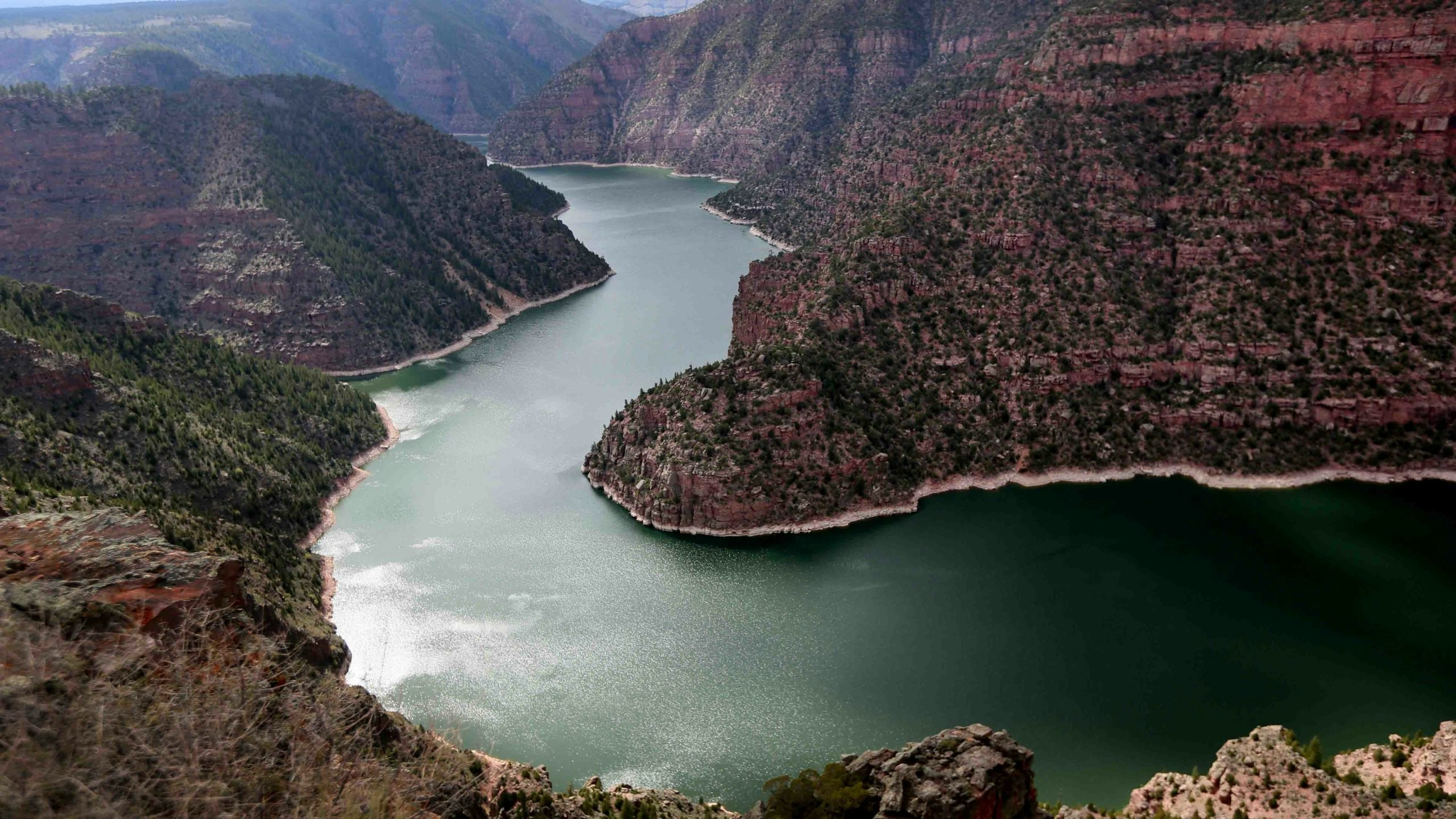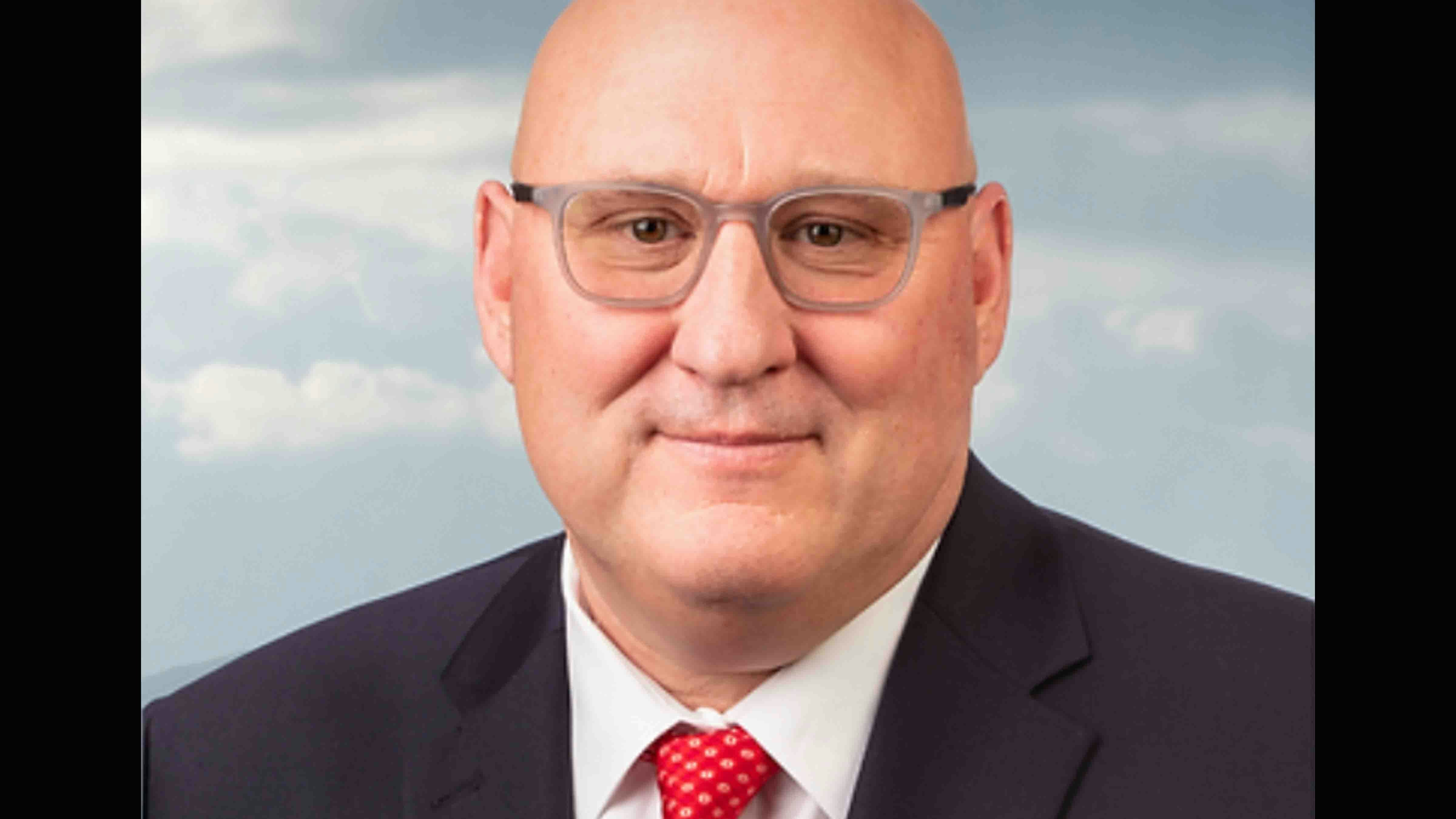By Bill Sniffin, publisher emeritus
Aaron Million insists he is not a bad guy. And above all, he claims he is not a “water thief.” This is the guy who has been working since 2003 to suck water out of Wyoming’s Green River and pump it to cities on Colorado’s front range.
“I am just a family guy doing my job. The seven-state Colorado River Compact allocated that water to my state and, up to now, we have had no way to get it,” he says.
Now he thinks he has figured out how to get the water. And he believes that Wyoming people will be happy to hear this newest version of his plan.
Million is tired of Wyoming people being mad at him. He points out that by the time he gets access to the Green River water under his new plan, it has already completely passed through all of Wyoming. He implies that if Wyoming wants to use that water, then go ahead and use it.

His new plan involves installing a headgate on the Green River in Utah that captures the water just south of the Flaming Gorge dam and diverts it through a 325-mile pipeline. Most of the pipeline will go back through Wyoming, ultimately showing up in Denver and the thirsty cities on the Colorado Front Range. The pipeline route follows what is called the Kinder-Morgan right of way that currently includes natural gas pipelines. It is an audacious plan.
Million touts this as a $2.5 billion construction project for Wyoming that creates jobs and will provide never-ending property tax revenues to the counties and to the state.
I have been one of Million’s biggest critics ever since he originally unveiled the plan about pumping water out of Wyoming’s Flaming Gorge back in 2007. He originally had his eureka moment about this water diversion back in 2003, while working on an advanced degree at Colorado State U.
Although I am still skeptical, it is appearing that Million is now pushing most of the right buttons to convert his opponents into supporters with his new plan.

Here are a three of his important points:
First, if successful, his plan would only take 1.3 percent of the water out of the Green River, which flows 4.2 million-acre-feet per year. He wants 55,000 acre-feet. Recently, the Bureau of Reclamation announced it is taking more than 10x that amount, 500,000 acre-feet of water out of Flaming Gorge, and sending it downstream to the imperiled Lake Powell in Arizona.
Second, this could be a big economic development project for Wyoming, with construction jobs and tax revenue. Cost could be over $2.5 billion, most of which would be spent in Wyoming. Million thinks the Cowboy State economy could use a boost like this. He said he has a Fortune 500 pipeline company on his team plus the endorsement of the two biggest pipeline unions in the USA, including National Pipeline Union 405, which has a local presence in Wyoming.
“We saddled up the horse again and put together a new management team. We are ready to go.”
Third, there still is a possibility of Wyoming cities and towns along the way getting some of the water. This could be a boon during times when access to potable water is getting scarcer in some places. His pipeline would enter Southwest Wyoming south of Rock Springs and travel across the state to the Cheyenne area where it would turn south toward Colorado. There are already seven natural gas and other fuels pipelines that follow that route. It effectively follows Interstate 80.
Million’s project is also timely because of actions being taken on three gigantic reservoirs on the Colorado River and its tributaries.
From north to south, they are Flaming Gorge in Wyoming-Utah, Lake Powell in Utah-Arizona, and Lake Mead in Arizona-Nevada.
The dams at Mead and Powell generate electricity and water levels have fallen so low, their ability to generate has become threatened. Million says the reason the levels have fallen so low has very little to do with a supposed drought. It is because of too much over-use of the water by the lower basin states, he says emphatically.
The surface elevation at Lake Powell is now at 3,522 feet, which is the lowest since it was originally filled in 1966. If its water level falls to 3,490 feet, its power station would cease to function.
Flaming Gorge, which was completed in 1964, on the Green River, will release half million acre feet of its water this spring as a way to provide more water for Lake Powell. The water level at Flaming Gorge could drop 10 feet by August and 15 feet by the end of summer. This will not affect fishermen but could put stress on marinas and recreational users.

Meanwhile, Lake Mead near Las Vegas, which is the largest man-made reservoir in the country, is also near its lowest point. It was created by Hoover Dam in 1935. This reservoir was named for pioneer Wyoming water allocation legend Elwood Mead of Cheyenne.
Also, the Bureau of Reclamation (BOR) wants to balance the water usage between the upper Colorado River Basin states, Wyoming, Colorado, Utah, and New Mexico and lower basin states, Arizona, Nevada, and California, to make sure electrical generation can continue for the LeChee Navajo Indian Nation and for the town of Page, AZ.
Officials from the seven states decided recently that things needed to change. This came from the Colorado River 2019 Drought Contingency Plan.
Million says the original 1922 compact provided for contingencies like a drought. He also says that lower states have used up the water with reckless abandon. These wasteful bad practices have ended, he says, thankfully. He said those states treated Colorado River water like they were at a fraternity party and just kept drinking and drinking. The actions of the 2019 agreement have now ended those wasteful efforts, he says.
He predicts that both Lake Mead and Lake Powell will continue to see increases in the amount of water in the reservoirs due to the new rules in place.
Million grew up around water projects in an arid area of Green River, UT. He says his family has been involved in four generations of water projects around that area.
“Nobody I know had to haul water for their drinking water like my family did back in the olden days,” he recalls. “We learned conservation when I was four years old and beyond. We do not waste water. I had four siblings. We drew straws to see who got to get into the tub first. You never drained that tub until five kids bathed in it. I know a lot about how not to waste water.”





